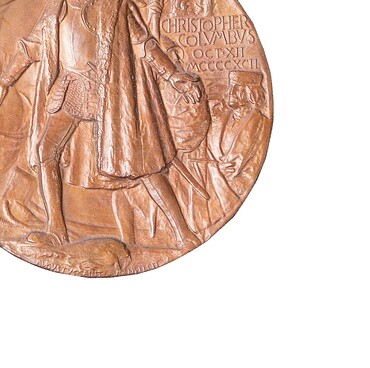The “Art and Time” exhibition hall of the Ivanovo Museum of Local History presents Swedish money, minted in the form of rectangular copper plates, from the collection of Dmitry Gennadievich Burylin.
This coin was in circulation in Sweden from the middle of the 17th to the third quarter of the 18th century. The collection includes two plates of four-daler denomination, both of which were struck during the time of Frederick I. The plate coins were made in Avesta, as evidenced by the mint mark — two crossed arrows on the center stamp. The first plate money began to be issued in Avesta under Christina, Queen of Sweden (reigned from 1632 to 1654). Given the development of trade and increased expenditures on the military, as well as the fact that Sweden had rich deposits of copper ore, it was decided to equate copper coins to silver ones. The value of the metal had to match the face value. The first copper plate coins weighed 19.7 kilograms and corresponded to a ten-daler silver coin. In 1649, the plate coins corresponding to 1, 2, 4 and 8 dalers were issued, and later — the ½ daler coin.
The technique of making plate coins was not very sophisticated. On average, one daler required a little over a kilogram of copper. The corners of a square plate coin were stamped with the Sweden coat of arms, the title and name of the ruling monarch or their initials and the year of issue. The center of the coin had an encircled denomination mark, which read “in silver”. After the monetary reform of 1776–1777, copper plate coins went out of circulation. According to researchers, the stocks of these coins, available in the Riksbank, were used as export goods and ballast on ships to India and China.
In total, the museum’s collection has nine
authentic Swedish plate coins, which were struck during the reign of four
Swedish rulers: Charles XII (1697–1718), Ulrika Eleonora (1718–1720), Frederick
I (1721–1751) and Adolf Frederick (1751–1771). In Russia, a whole set of plate
coins was issued under Catherine the Great. They were minted in
Ekaterinburg. Just like in the Swedish plate coins, the corners of Russian ones
featured stamp imprints with the coat of arms, and in the center, there was a
mint mark, providing information about the denomination, as well as when and
where the coin was produced.


